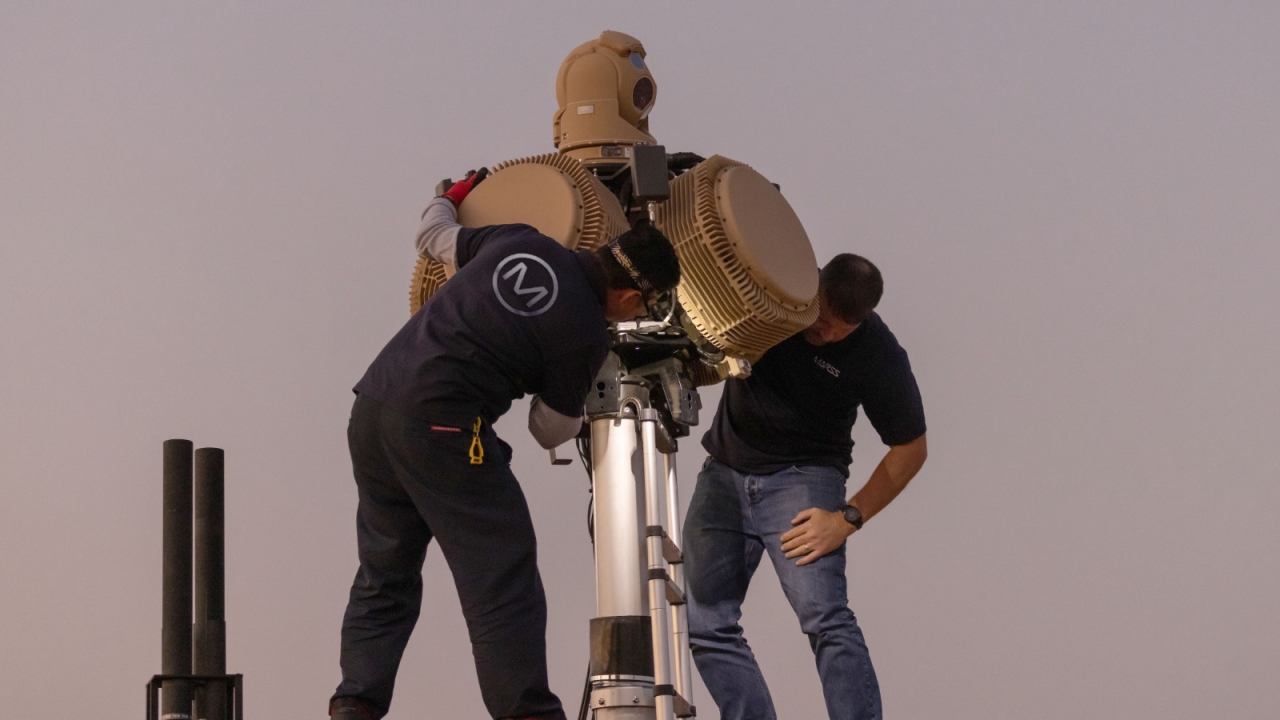Turkey’s Defence Budget – the fallout from high inflation and a weak lira
Fenella McGerty, principal analyst, defence budgets, Jane’s by IHS Markit gives her assessment of the current Turkish defence concerns

Turkish defence expenditure soared by 14% in real terms to reach $13 billion in 2018, however red flags in the form of double-digit inflation and continued weakness in the Turkish lira present real restrictions to future growth. Any significant increases made to the budget in the short term will be effectively wiped out in real terms and the purchasing power of the Turkish budget will continue to be eroded on international markets.
Over the last decade, high levels of inflation have resulted in incredibly volatile movements in the Turkish defence budget, with surges in spending in one year often followed by real cuts in the next. Meanwhile, the low value of the lira against Western currencies will continue to act as a barrier for international investment and further drive Turkey towards the goal of total self-sufficiency in defence production by 2023.
According to Jane’s Defence Budgets, Turkey’s 2018 defence budget of USD13 billion places it 20th largest defence budget globally and the 8th largest in NATO behind the US, UK, France, Germany, Italy, Canada and Spain. In dollar terms, if the weakness of the lira persists, the Turkish defence budget will begin to fall out of the top 20 spenders in the early 2020s.
Economic outlook
According to IHS Markit, double-digit inflation rates seen in 2017 will persist throughout 2018 with consumer price index (CPI) inflation averaging 10% over the year. As the government targets 5% real GDP (Gross Domestic Product) growth this year, pressure from President Recep Tayyip Erdogan on the Central Bank of Turkey to avoid increasing interest rates has intensified. This in turn is fueling further depreciation of the lira which cyclically drives up inflation by increasing energy import and foreign debt repayment costs.
The lira fell to TRY4.07 against the dollar in April 2018 compared to an average rate of TRY2.2 to the dollar in 2013.
Without a significant tightening in monetary policy, IHS Markit projects that the lira will remain subdued for the next decade - this will strain the affordability of defence programmes Turkey pursues with the West.
As the depreciation against the Russian ruble has been less severe, economic conditions may encourage further thawing of relations between the two countries.
Self-sufficiency aims
The importance of the depreciation of the lira in terms of domestic defence spending has been somewhat lessened by the continued efforts of the Undersecretariat for Defence Industries (SSM) to increase Turkish self-sufficiency.
Turkey is looking to achieve full self-sufficiency by 2023 and has already established strong domestic production capabilities in the wheeled military land systems domain as well as small arms and radar systems. Naval shipbuilding capabilities are credible, while C4ISR and aerospace competencies continue to develop with large-scale systems integrators and SMEs developing subsystems play a key role in any of these domestic capabilities.
Since the 1990s, Turkey has made significant headway in the pursuit of self-sufficiency with successive development plans geared towards enhancing operations within the domestic defence industry. However, production remains heavily reliant on designs, capabilities and technologies of international contractors with offset accords forming a significant proportion of defence industrial activity.
Defence investment drivers
From a security point of view, defence spending increases in Turkey continue to be driven by Turkey’s geographic position and potential flashpoints that include ongoing instability in neighbouring Syria and the encroachment of Islamic State.
Turkey also has commitments stemming from NATO membership Several major programmes are also coming into the timeframe including the procurement of 100 Lockheed Martin F-35 Lightning II multirole fighter aircraft as replacement to F-16C/D under the Turkish Future Combat Aircraft (FCA) programme. Beyond the FCA programme, equipment such as electronic warfare jammers, additional AEW&C and C4ISR aircraft, air defence assets and radars will likely be given priority in the near-term as Turkey looks with increasing unease along its borders.
Defence procurement is used by Turkey as a tool for industrial development and while immediate needs may be fulfilled as outright purchases, longer term acquisitions are aimed at ensuring that the government meets its target of defence self-sufficiency by 2023.
Stay up to date
Subscribe to the free Times Aerospace newsletter and receive the latest content every week. We'll never share your email address.

